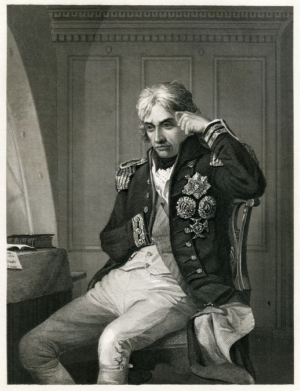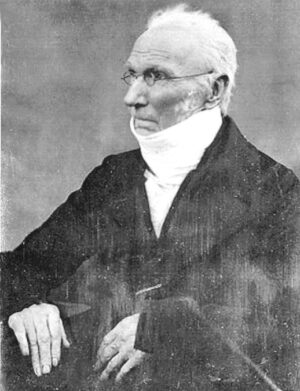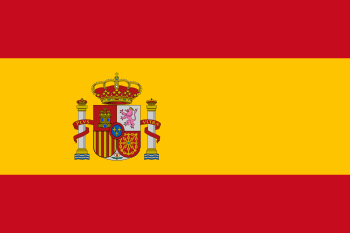 |
 |
Here in Tenerife, July 25th is a special day; this year, even more so, as it is the 225th anniversary of the defeat of Rear Admiral Horatio Nelson at the Battle of Tenerife in 1797. Nelson not only lost the battle but his right arm which was shattered by a musket ball.
However, the dashing Rear Admiral, who thought that his career was over after this disaster, made an exceptionally quick recovery; enough to demolish Napoleon’s fleet the following year, 1798, on the 1st August at the Battle of the Nile.
Once again not having the best of luck personally, Nelson was unconscious for part of the action, having been hit on the head by metal shrapnel. Nelson and his Band of Brothers having destroyed the French fleet had stranded Napoleon and his army in Egypt. It also made Nelson a household name throughout Europe.
After the Nile adventure, Nelson spent two years with the Mediterranean fleet based in Naples.
Although Horatio Nelson never visited the town of Bronte in Sicily, he received a large estate, the title, Duke of Bronte, and a diamond-hilted sword from King Ferdinand 1V of Sicily as a reward for rescuing the royal family from the French army in 1798, and for assisting in their restoration to the throne of Naples in 1799.
From then on, he signed his letters, with pride, Nelson and Bronte.
One poor Irish boy, the eldest of ten children, whose mother was Catholic and his father a protestant, idolised Nelson. His name was Patrick Brunty and in 1802 he won a scholarship to Cambridge where he studied theology. On registering at Cambridge, Patrick signed his surname as Bronte in honour of his hero. He received his BA degree in 1806 and the same year was ordained a deacon of the Church of England. Bronte gradually moved up through the Church until in 1815 he was offered the post of perpetual curate of Thornton in the district of Bradford in Yorkshire.
He must have been overjoyed and relieved for, by then, Patrick had married Maria Branwell, with whom he eventually had 6 children.
Bronte was next offered the perpetual curacy of Haworth in 1819, with a large vicarage where they could house their large family. But tragedy struck the vicarage. Maria died in 1821.
Patrick was left alone to bring up the children. He was rescued when his sister-in-law moved in as housekeeper. But death was never far away from this doomed family.
The two eldest children Maria and Elizabeth died in 1825 aged 12 and 11 respectively, after typhoid raged through their school.
This tragedy left four siblings who, like Nelson, didn’t reach to see old age. But each one of the girls became world famous in their own right.
Whilst Charlotte Bronte (April 21, 1816 – March 31 1855), Emily Bronte (July 30 1818 – December 19 – 1848) and Anne Bronte (January 17, 1820 – 28 May 1949) didn’t show any hero worship for Nelson in their writings (correct me if I’m wrong), Branwell, Patrick’s only son, wrote a poem, as a tribute to the Rear Admiral, Nelson and Bronte, the final verse being:-
They see where fell the Thunder bolt of war,
On the storm swollen waves of Trafalgar,
They see the spot where fell a star of glory,
The Finis to one page of England’s story,
They read a tale to wake their pain and pride,
In that brass plate engraved ‘HERE NELSON DIED’.
Patrick Bronte died in 1861 having outlived not only his wife (by 40 years), but all six of his children. He had helped Mrs Gaskell to write the biography of Charlotte, published in 1857.
Ken Fisher
President – The English Library

 Please see
Please see
Leave a Reply